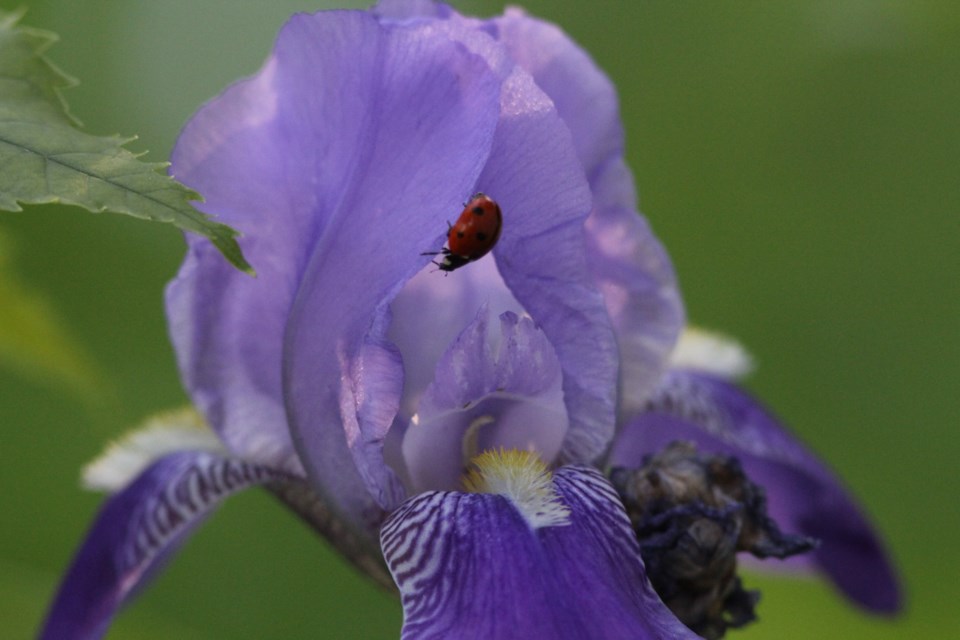YORKTON - Garden checklist time! We’ve probably all cleaned up most of our gardens, but it seems there are always some small tasks to do before the first snowflakes start to drift through the air.
I’ll tell you an interesting experience that happened just a couple weeks ago. I know we have chatted about not cleaning up every last leaf or every last perennial stem from the garden, because these untouched places offer shelter and habitat for many garden-friendly bugs. On this particular day, I was mowing the lawn and came to a leaf-covered are under a tree. I glanced down.
What was happening? The earth was moving and undulating! Guess what it was? Hundreds of ladybugs, maybe thousands, were disturbed from their hiding places under the leaves as I wheeled the lawnmower near to them! Needless to say, I made a very quick retreat and left them in peace.
So now, time for homework. Do ladybugs hibernate? Yes, they do. Although we commonly call it ‘hibernate’, I read that the term is actually called ‘diapause’ for insects. Their metabolic rate falls and the insects go dormant. Insects like ladybugs are ectothermic, cold-blooded. That means they cannot regulate their own body temperature, and that is why they have to find a warm place to winter.
Ladybugs will look for a safe, secluded, warm spot where they can spend the winter. It can be under leaves, in hollows of trees, under bark, among stems in the garden, all kinds of places. If they do not have a good place to winter, they will perish. Sometimes they may even try to come inside our homes, and who can blame them for wanting to escape a bitter winter! I read that if we find a ladybug indoors, curled up in a corner of the windowsill, we should just let it be. They don’t hurt anything, and when spring comes we can hopefully transfer it safely outdoors when it is warm enough.
And one more factoid: guess what a group of ladybugs is called? That amazing gathering of the beautiful ladybugs that I saw that afternoon is called a “loveliness”. And truly it was!
So if you still have some corners of the garden that you think you have to “clean up”, try to contain that compulsion to have everything leaf-free, twig free, and bare to the ground. You will be giving beneficial insects a bit of a chance to survive if they can find a place to call home for the winter.
Other tasks for this time of year: marking places where you have new or smaller perennials. This will prevent them from getting dug up or tilled up in the spring and will also show you where something did not come up in the spring. Not every perennial survives, unfortunately.
Now is also when we can plant some new bulbs, and once again, mark them, too. It seems to be some kind of weird gardening law that when we are planting bulbs, we invariably dig up bulbs that were already there! Has that happened to you? So mark the new additions carefully.
It is also a good time to empty containers of soil, clean them out, and stack them neatly. It is so much more fun to go out in the spring to a nice, neat stack of containers, rather than a tumble of containers filled with frozen or water-logged soil.
Thank you to our friends at YTW for their fine work each and every week. Find out what’s new with the hort society by visiting us at www.yorktonhort.ca Have a great week!





